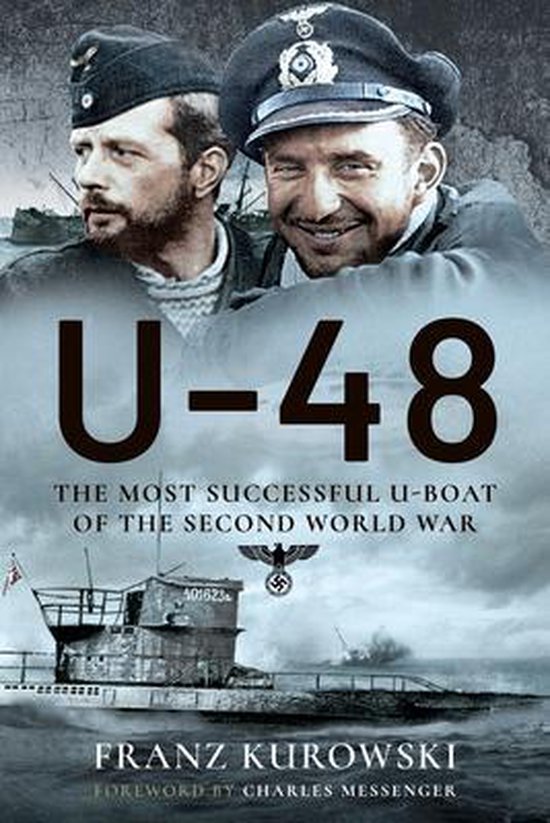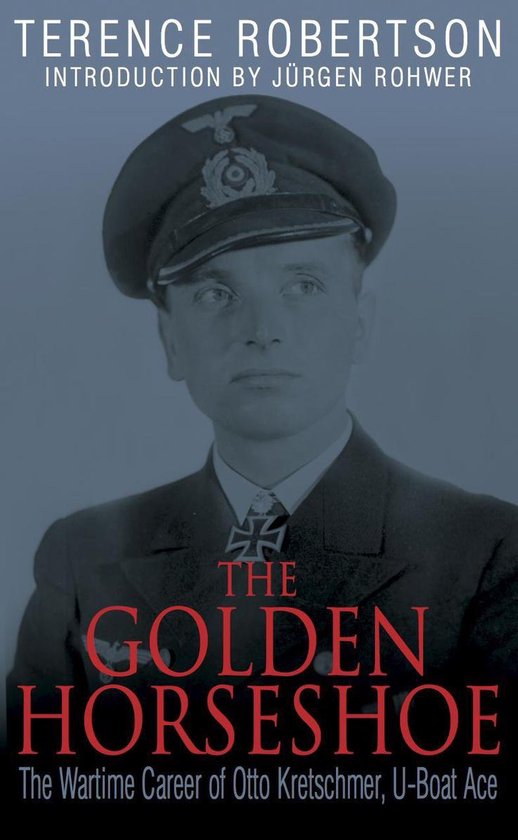
U-48
Following the signing of the Treaty of Versailles in 1919, Germany was not permitted to build or operate submarines. However, clandestine training took place on Finnish and Spanish submarines and U-boats were still built to German designs in Dutch yards. At the outset of the Second World War, Admiral Karl Doenitz argued for a 300-strong U-boat fleet, since his force of fifty-seven assorted U-boats could not materially affect British seaborne trade on their own. In August 1939, _U-48_ left Germany, commanded by Kapitanleutnant Herbert 'Vaddi' Schultze, to take up a waiting position around the British coast. It scored its first success on 5 September, when it torpedoed the British freighter _Royal Sceptre_, followed by _Winkleigh_ on 8 September. On both occasions, the first of many, Schultze showed himself to be a notable humanitarian: he addressed signals to Churchill giving positions of the sinkings so that crews could be saved. By 1 August 1941, _U-48_, the most successful U-boat of the Second World War, had sunk fifty-six merchant ships, of 322,478 gross tons, and one corvette. She was then transferred to the Baltic as a training boat. Schultze became commander of operations at 3 U-Flotilla, before being appointed commander of II/Naval College Schleswig. He died in 1987 at the age of 78. _U-48_ was scuttled on 3 May 1945.
| Auteur | | Franz Kurowski |
| Taal | | Engels |
| Type | | Paperback |
| Categorie | | Mens & Maatschappij |




